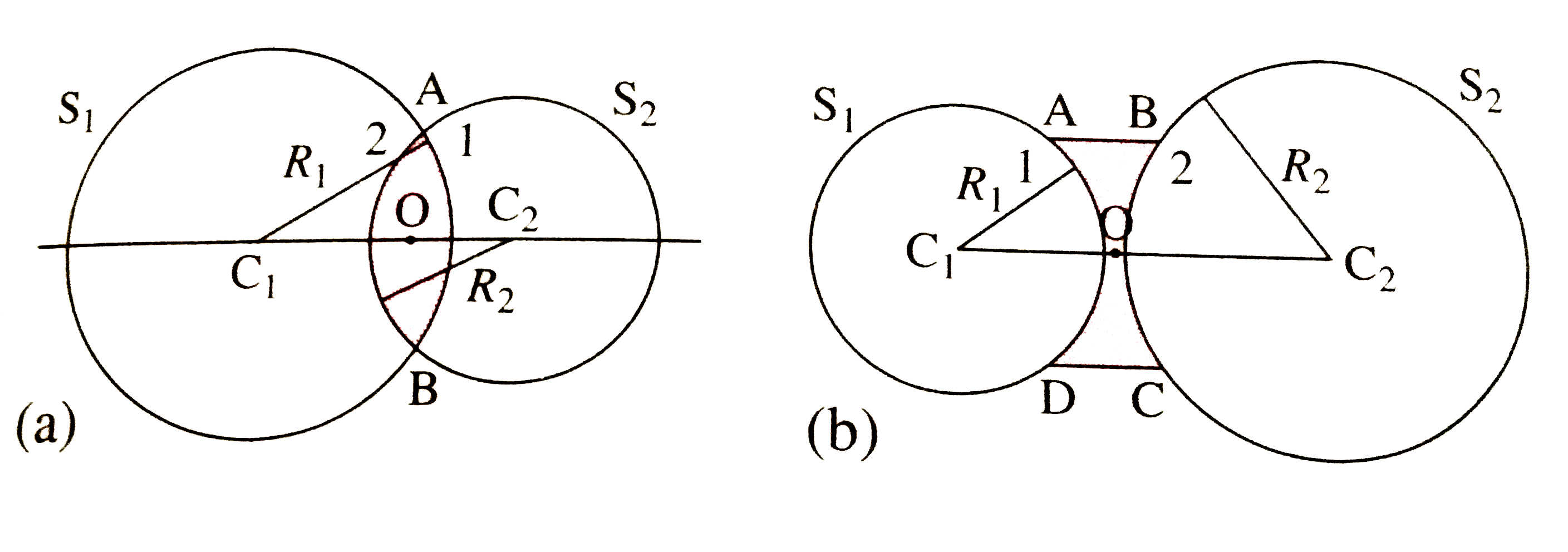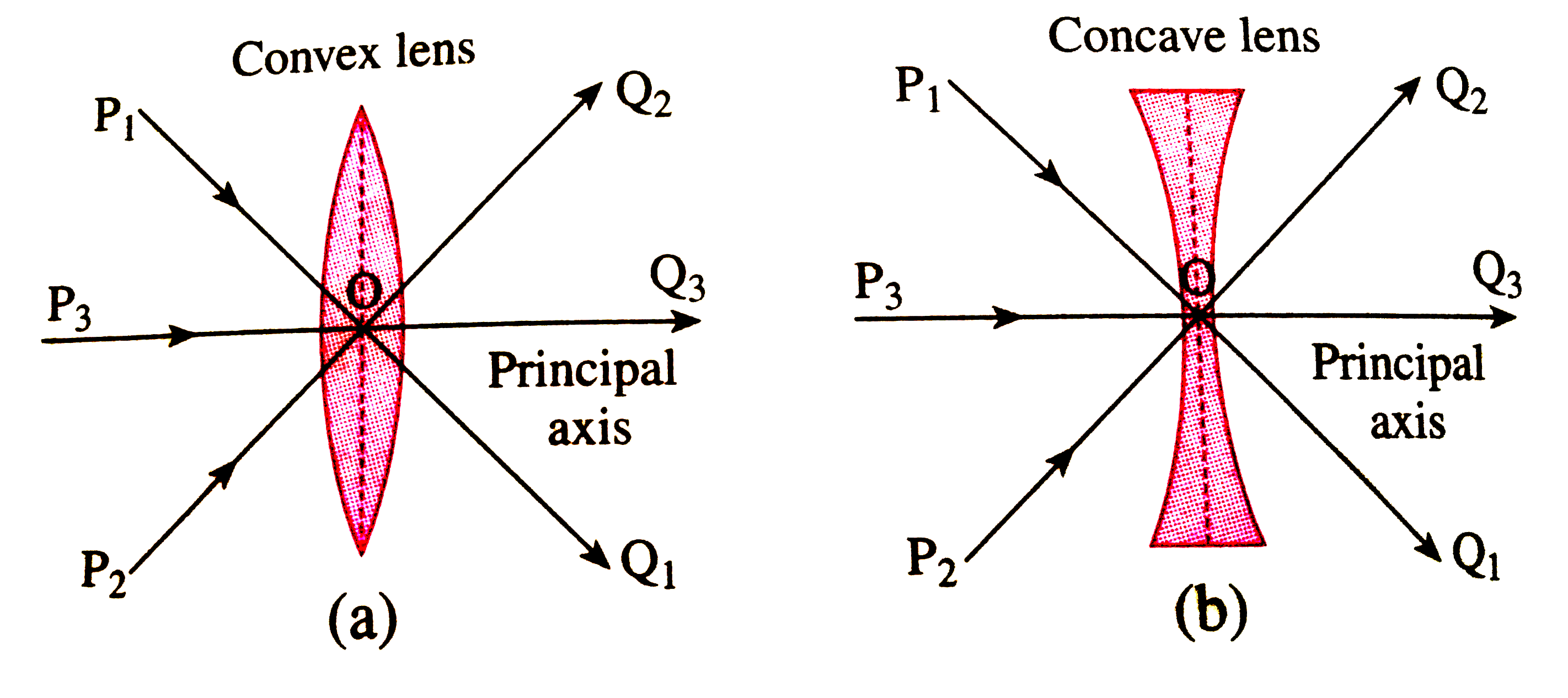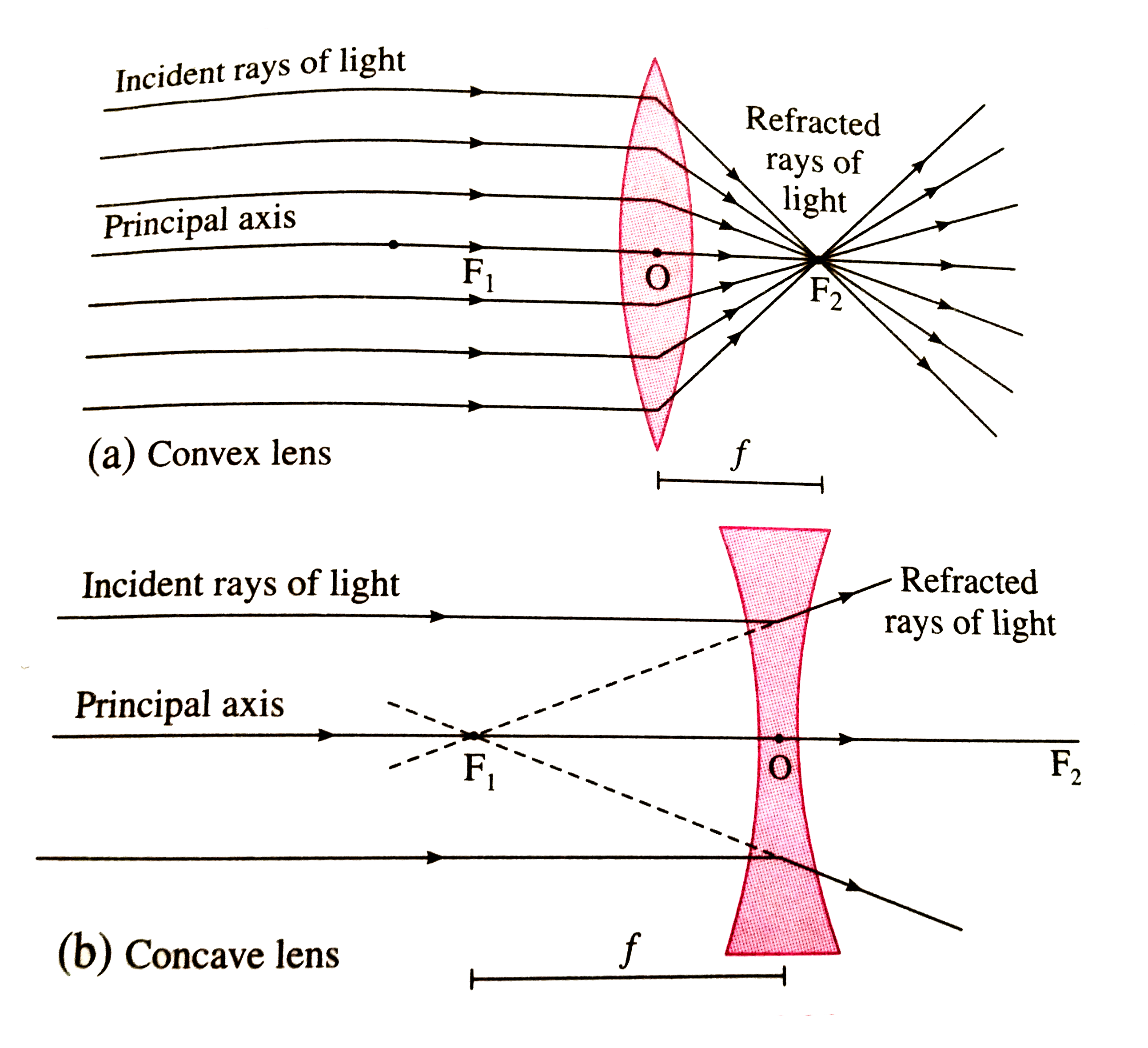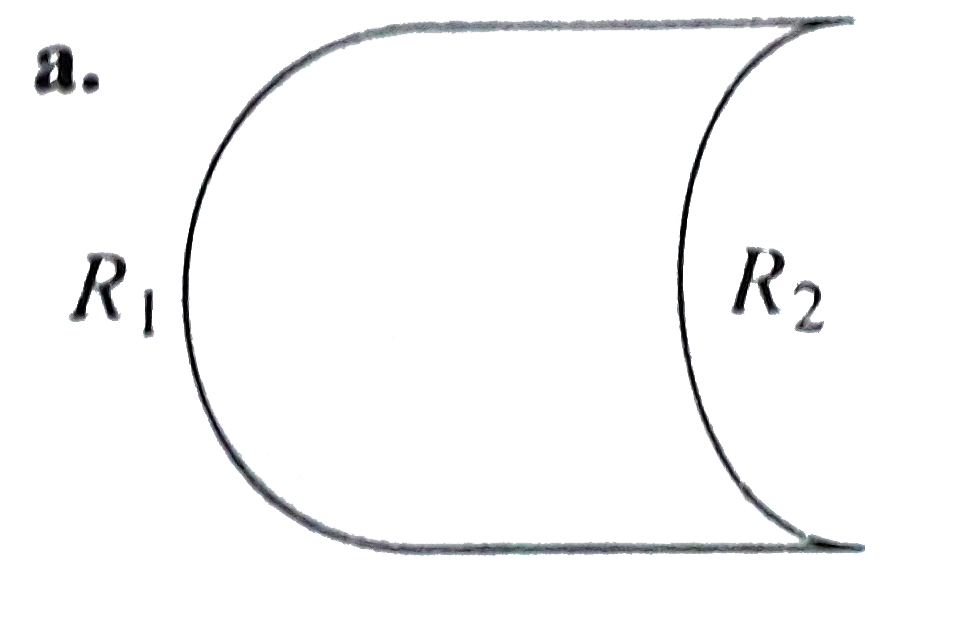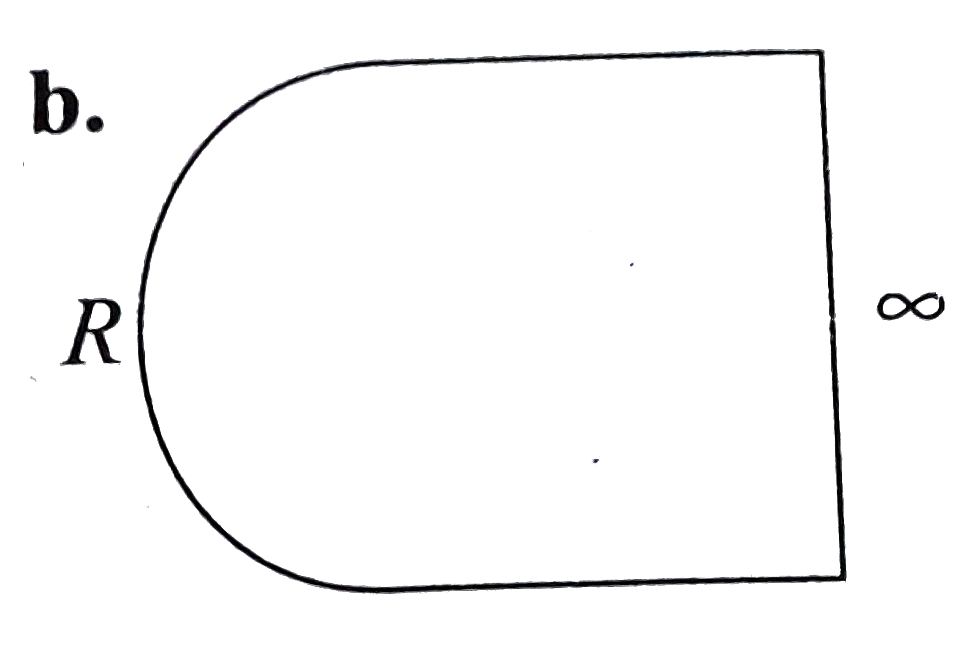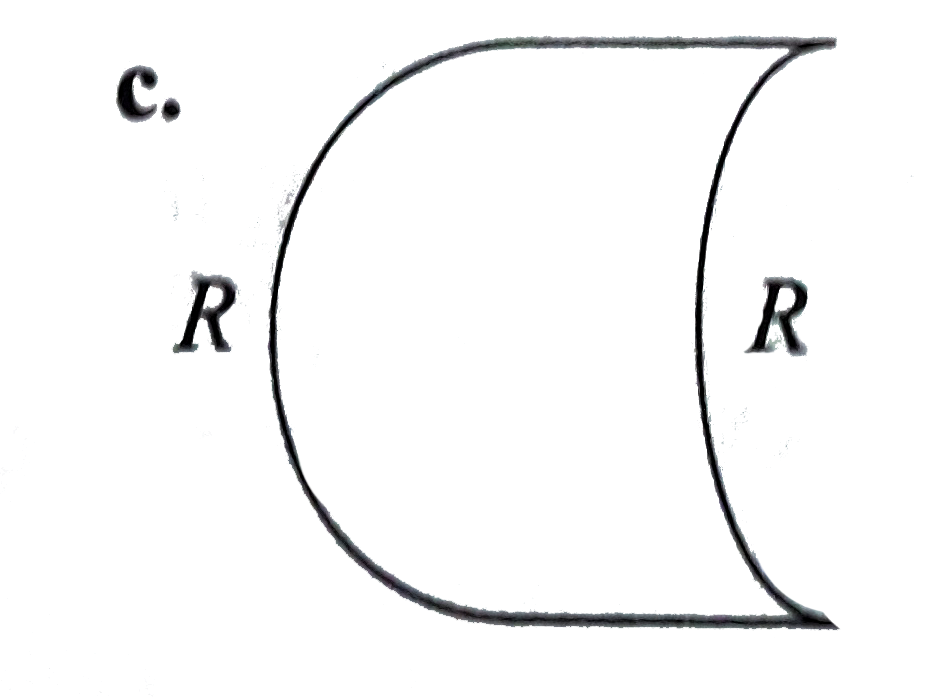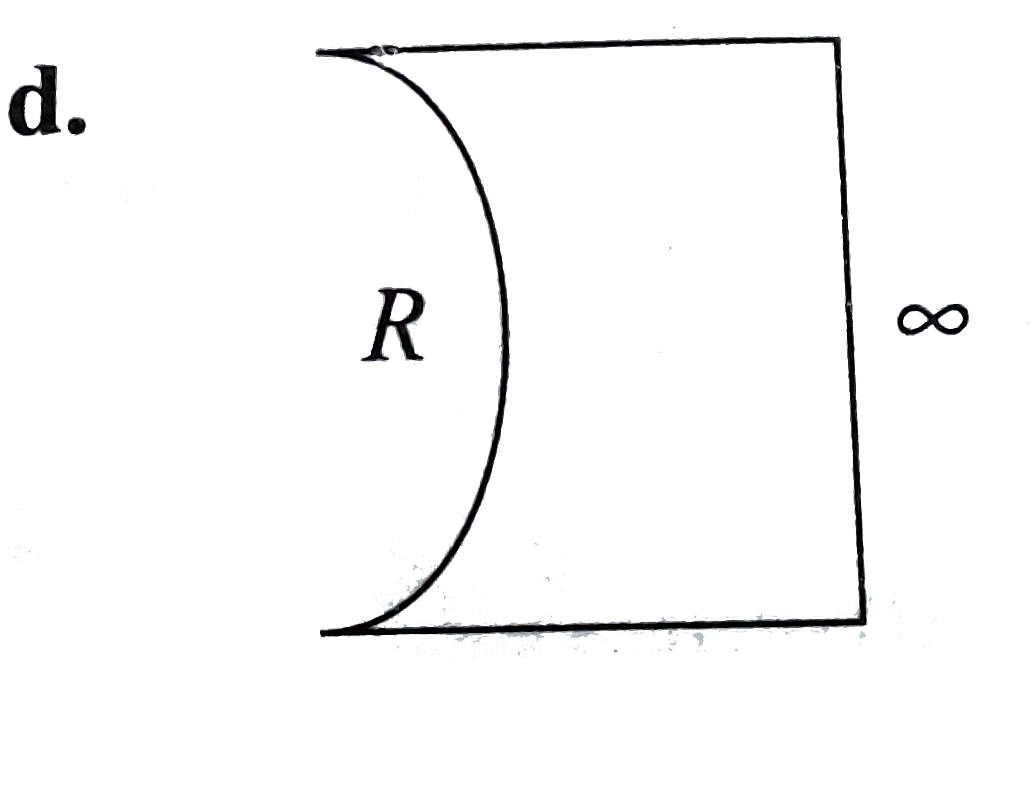Text Solution
Verified by Experts
|
Topper's Solved these Questions
LENSES
NAVNEET PUBLICATION - MAHARASHTRA BOARD|Exercise Give scientific reasons|16 VideosView PlaylistLENSES
NAVNEET PUBLICATION - MAHARASHTRA BOARD|Exercise Distinguish between|6 VideosView PlaylistLENSES
NAVNEET PUBLICATION - MAHARASHTRA BOARD|Exercise Answer the following questions in one sentence each :|10 VideosView PlaylistLAWS, RULES, UNITS AND DEFINITIONS
NAVNEET PUBLICATION - MAHARASHTRA BOARD|Exercise Carbon Compounds|18 VideosView PlaylistMAKING CONCEPT DIAGRAMS
NAVNEET PUBLICATION - MAHARASHTRA BOARD|Exercise Cell Biology and Biotechnology|2 VideosView Playlist
Similar Questions
Explore conceptually related problems
Knowledge Check
A
B
C
D
Submit
Similar Questions
Explore conceptually related problems
NAVNEET PUBLICATION - MAHARASHTRA BOARD-LENSES-Answer the following questions :
- Draw neat labelled diagrams : Type of lenses.
03:36
|
Play - In general, when a ray of light pasess through a lens, there occurs a ...
03:35
|
Play - With reference to spherical lenses, state the meaning of the following...
07:05
|
Playing Now - State the rules used for drawing ray diagrams for the fomation of an i...
04:26
|
Play - In the case of a convex lens, show the path of the refraction ray when...
03:28
|
Play - Draw neat and well labelled ray diagrams for image formation by a conv...
03:28
|
Play - Draw neat and well labelled ray diagrams for image formation by a conv...
02:41
|
Play - Draw neat and well labelled ray diagrams for image formation by a conv...
02:43
|
Play - Draw neat and well labelled ray diagrams for image formation by a conv...
03:06
|
Play - Draw neat and well labelled ray diagrams for image formation by a conv...
02:44
|
Play - Draw neat and well labelled ray diagrams for image formation by a conv...
02:25
|
Play - Observe the following figure and complete the table :
02:02
|
Play - At which position will you keep an object in front of a convex lens to...
03:26
|
Play - At which position will you keep an object in front of a convex lens to...
02:02
|
Play - State the rules used fro drawing ray diagrams for the formation of an ...
05:32
|
Play - State the characteristics of an image formed by a concave lens.
02:10
|
Play - In the case of image formation by a concave lens , what can you say a...
03:41
|
Play - Draw a ray diagram to show image formation by a concave lens.
03:15
|
Play - State the Cartesian sign convention for refraction of light (image for...
04:01
|
Play - What is a lens formula ? State it.
01:56
|
Play
